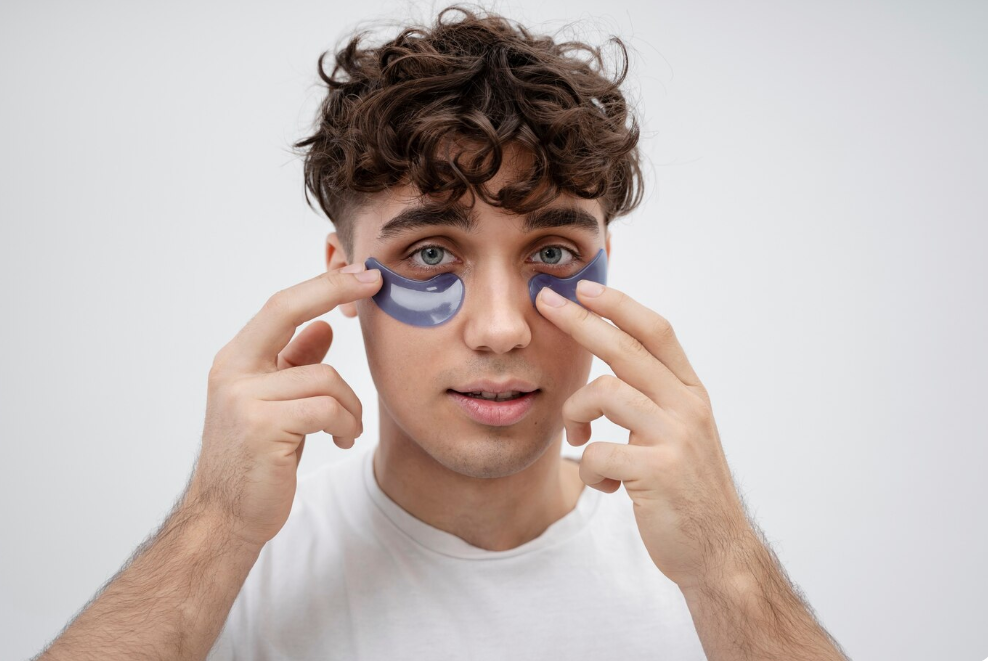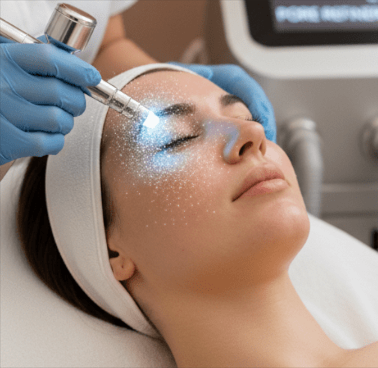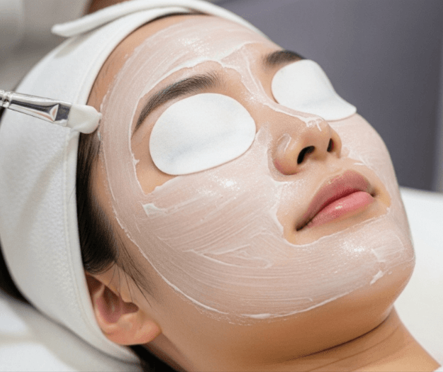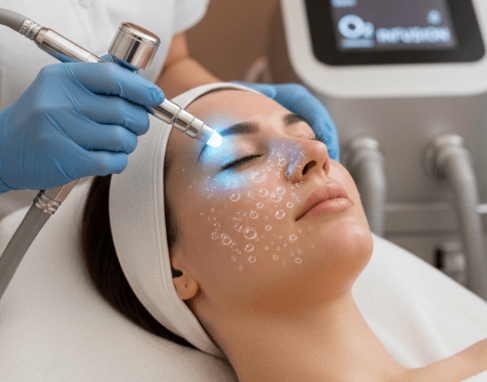Choosing between incisional and non-incisional double eyelid surgery is one of the most important decisions you’ll make when planning your eyelid transformation. Korean plastic surgeons are renowned for offering both techniques with unparalleled precision, and they carefully match the method to your anatomy, lifestyle, and aesthetic goals.
Here’s a comprehensive breakdown to help you understand the key differences, benefits, and who each technique is best suited for.
✂️ What Is Incisional Double Eyelid Surgery?
Also called full incision blepharoplasty, this technique involves making a precise cut along the upper eyelid to remove excess skin, muscle, and sometimes fat. The crease is then created with sutures that are buried deep under the skin for permanent results.
✅ Pros of Incisional Method:
- Long-lasting and permanent crease
- Ideal for thicker, oily, or sagging eyelids
- Can correct asymmetry or severe ptosis (drooping)
- Allows for removal of excess skin and fat
- More suitable for revisions or complex cases
⚠️ Cons:
- Longer recovery time (1–2 weeks for major swelling to subside)
- Small scar line (though typically hidden well in the new crease)
- Slightly higher cost
🧑⚕️ Best For:
Patients with thicker eyelid skin, excess fat, ptosis, or those who want a permanent, defined crease.
🧵 What Is Non-Incisional Double Eyelid Surgery?
Also known as the suture method or buried stitch technique, this involves no cutting of skin. Instead, tiny punctures are made along the upper eyelid, and fine sutures are used to create the crease by linking the skin to the underlying eyelid tissue.
✅ Pros of Non-Incisional Method:
- Minimally invasive with no visible scarring
- Shorter recovery time (3–7 days for most swelling to subside)
- Lower risk of complications
- Natural-looking, soft crease
- Reversible (if needed in early stages)
⚠️ Cons:
- Not suitable for thick or sagging eyelids
- Crease may loosen or disappear over time
- Not ideal for patients with asymmetry or those needing fat removal
🧑⚕️ Best For:
Young patients with thin eyelid skin, minimal fat, and no sagging who want a natural, subtle look with quicker recovery.
📊 Side-by-Side Comparison Table
| Feature | Incisional Method | Non-Incisional Method |
|---|---|---|
| Invasiveness | Moderate | Minimal |
| Recovery Time | 1–2 weeks | 3–7 days |
| Scarring | Small hidden scar | Virtually none |
| Permanence | Permanent | Semi-permanent (may fade) |
| Best For | Thick, droopy eyelids | Thin, youthful eyelids |
| Fat Removal Possible? | Yes | No |
| Revision Cases | Suitable | Less ideal |
| Crease Definition | Stronger, more structured | Softer, more subtle |
| Downtime | Moderate | Minimal |
| Cost | Higher | Lower |
🩺 What Korean Surgeons Consider During Your Consultation
During your consultation, Korean doctors will assess:
- Skin thickness and elasticity
- Amount of fat and muscle in the upper eyelid
- Eye shape and symmetry
- History of previous surgeries or ptosis
- Desired crease height and style
- Lifestyle and recovery time constraints
They may also use digital simulations to show you what your eyes would look like with either method, helping you make an informed choice.
🔁 Can You Switch Between Methods?
Yes. Patients who initially opt for the suture technique can later undergo an incisional method if the crease fades, if revision is needed, or if the aesthetic goal changes.
💡 Final Thoughts: Which Is Right for You?
Go for the Incisional Method if you want:
- A long-term, defined crease
- Correction of droopy eyelids or asymmetry
- Excess skin or fat removed
Go for the Non-Incisional Method if you want:
- A natural, minimal downtime result
- A more temporary or reversible crease
- Less invasive surgery
✨ Pro Tip from Korean Clinics:
Some Korean surgeons offer partial incision techniques, which blend the best of both worlds—minimal incision for structure, but with faster healing and less scarring. This can be an ideal compromise.




